Rainbow Springs State Park, Part 6 of 7
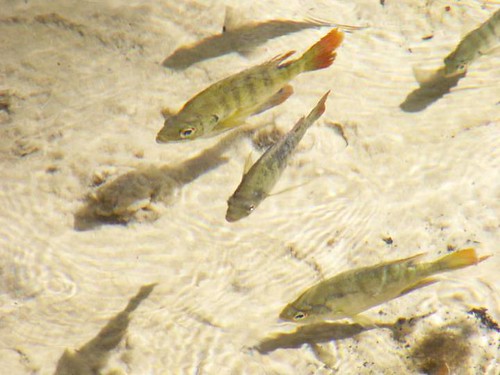
On March 13, 2006, Mary and I visited the Rainbow Springs State Park, which features the headsprings of the Rainbow River. These waters run to the Withlacoochie River, through Lake Rousseau, and finally into the Gulf of Mexico.
The park's 1,595 acres contain at least 11 distinct, natural communities: mesic flatwoods, sandhills, scrubby flatwoods, sinkholes, upland mixed forests, basin swamps, depression marshes, floodplain swamps, and hydric hammocks.
The puff at center left is a sign that water is coming into the spring.
Says the park's brochure, "Rainbow Springs is a first magnitude spring complex with four main vents (outlets) in its headsprings. Numerous smaller vents and boils contribute to its average flow of 465 million gallons per day. Although none of the spring vents are large enough to allow exploration, large underground conduits likely exist that feed the springs from the surrounding karst (limestone) supported aquifer."
A movie of the "boiling action" (22 seconds, 10.5 MB) is here. (Dial-up may be unable to handle it. My library's DSL connection churned for several minutes before confirming that I'd uploaded the video correctly.)
The waterfalls, however, are humanmade....
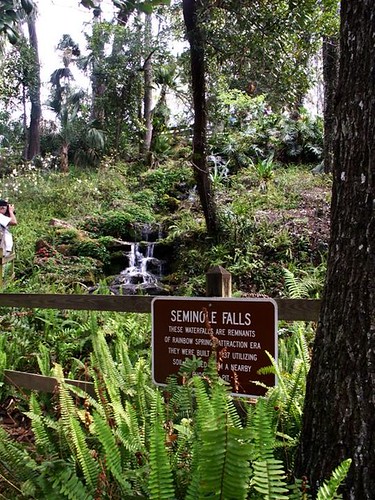
According to the brochure, the park's waterfalls were built on phosphate tailings. Otherwise, they use the park's natural resources. The man coming into frame at center left is a member of the Citrus County Camera Club/Digital Camera Group, which arranged this day trip.
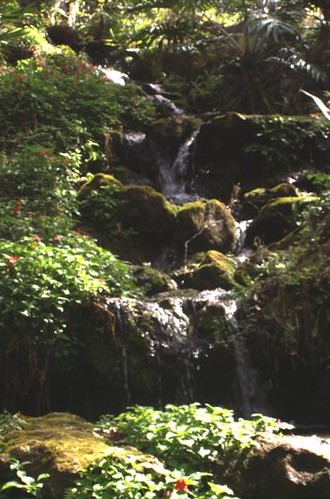
To better catch the water flow I underexposed this shot of Seminole Falls (1/1000-second exposure at f/8), then tweaked it in MS Photo Editor to brighten it. I'm not completely happy with the result, but it led me to start experimenting more with aperture size to compensate for the decrease in light.
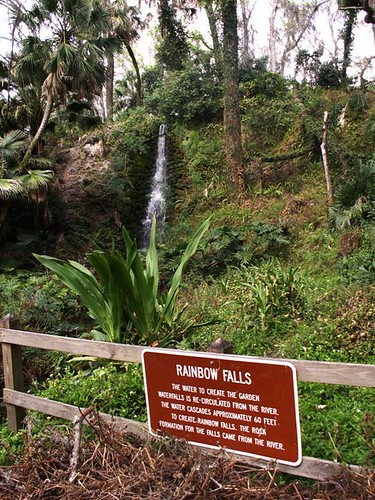
The plaque near Rainbow Falls reads, "The water to create the garden waterfalls is re-circulated from the river. The water cascades approximately 60 feet to create Rainbow Falls. The rock formation for the falls came from the river."
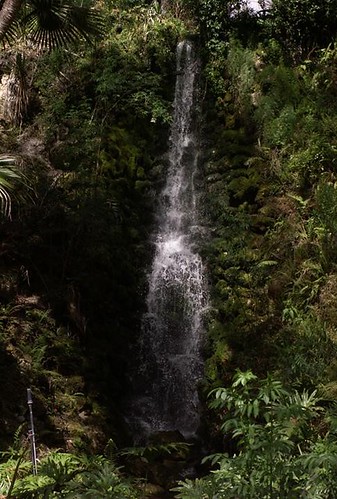
Here I've again used my quickest shutter speed (1/1000-second exposure) but enlarged my aperture to f/4. Except for compression and a slight crop, this is as is out of the camera.
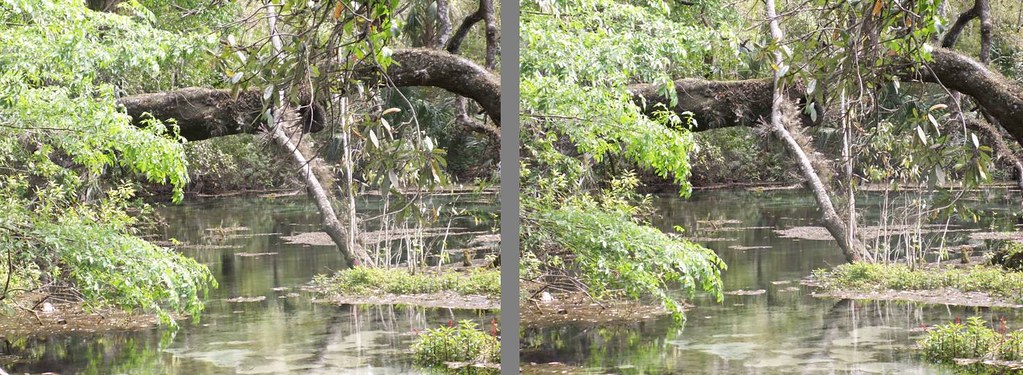
3D stereoscope. This was the view from the same location where I photographed the fish up top. I was surprised to learn some time ago that, given certain conditions (like an absence of wind), taking stereoscopic pictures requires no special equipment. After the first shot I stepped to the side so that I could photograph the second from a slightly different angle. View with your eyes crossed and relax your gaze while focusing on the "center" image. (Not everyone can do this.)
The final photos are mostly of insects, including a lovely female Blue Dasher dragonfly.











0 Comments:
Post a Comment
<< Home